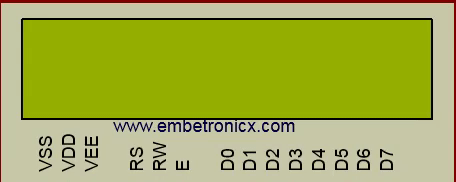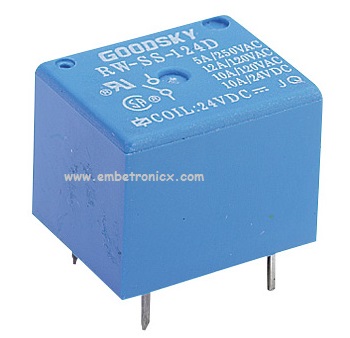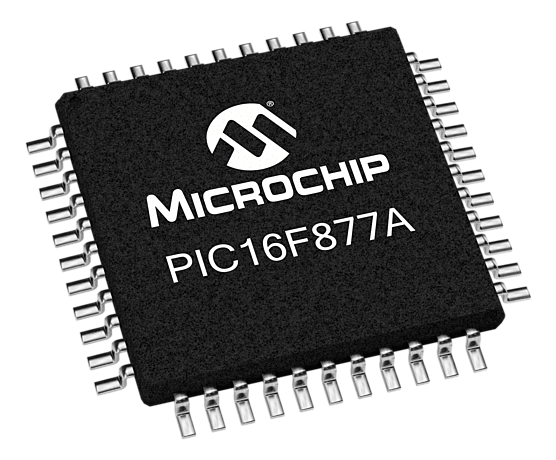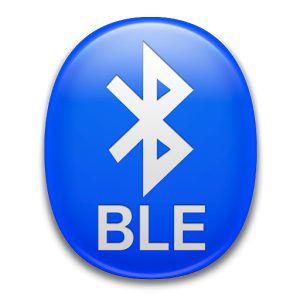PIC16F877A – Keypad Interfacing
This article is a continuation of the series of tutorials on the PIC16F877A Microcontroller. The aim of this series is to provide easy and practical examples that anyone can understand. In the previous tutorial, we have interfaced the Relay with PIC16F877A. In this tutorial, we will learn Keypad Interfacing with PIC16F877A. Prerequisites Matrix Keypad Operation LCD Interfacing (4 … Read more









